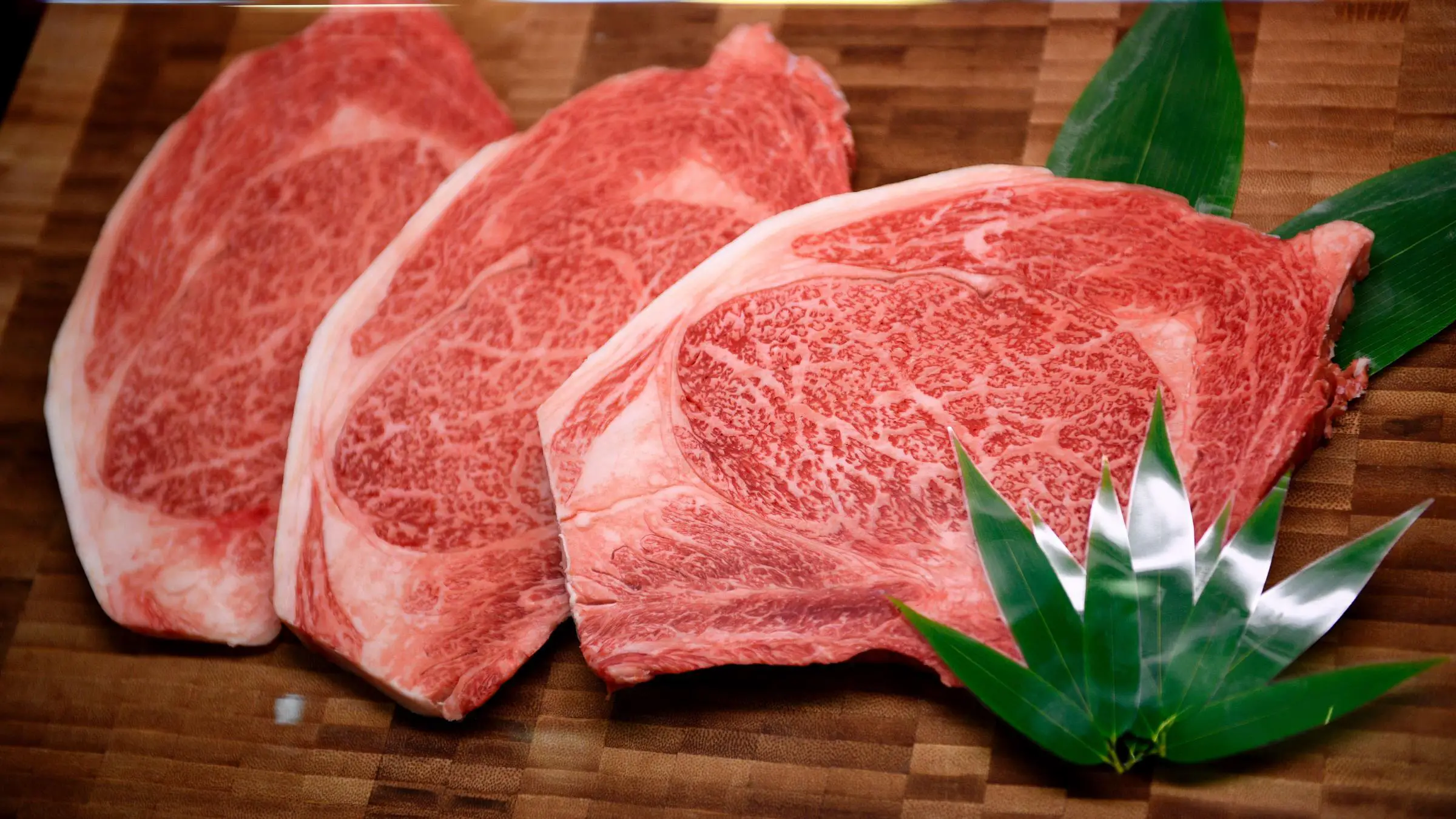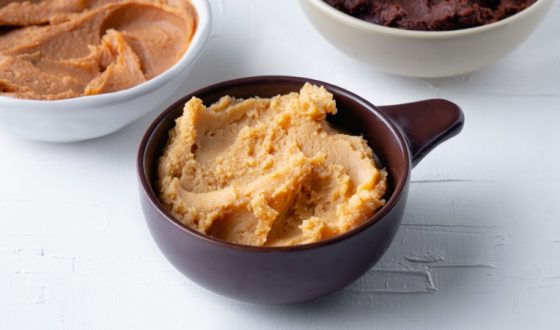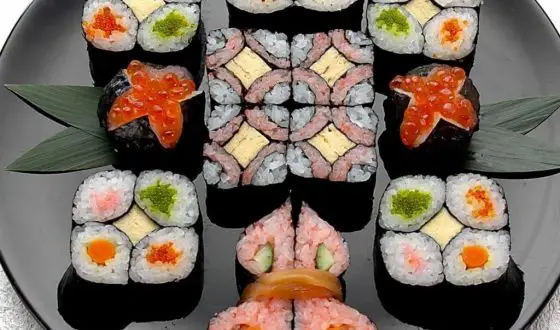Wagyu Vs Kobe: Simple Know-How About Differentiation
Japan is famous for its high-quality farm produce. If you are a meat addict, you may have probably heard of Wagyu beef vs Kobe beef. Both of them are unquestionably named the best and the most expensive beef in the world. However, most people do not know the difference between Kobe and Wagyu. Many restaurants and sellers deliberately misuse the terms Wagyu vs Kobe in an attempt to cheat their customers. In this article, we provide some basic information to distinguish these two kinds of beef.
Wagyu Vs Kobe: How Are They Different?
1. Wagyu Vs Kobe: Names And Classification
Everybody all knows that Wagyu beef vs Kobe beef are originated from Japan. So, How are they different? In Japanese, “wa” means Japanese or Japanese style; “gyu” means cow. Thus, “Wagyu” means Japanese cow or cows raised in Japanese style. Domestic wagyu have four varieties below:
- Black: Originally raised as work cattle, Japanese Black beef is prized for its intensive marbling.
- Brown: A leaner, healthier breed of cattle, known for its light, mild taste.
- Shorthorn: While also lean, Japanese Shorthorn is rich in inosinic and glutamic acid, highly prized for the savory flavor they give beef.
- Polled: Similar to Brown and Shorthorn in leanness, Japanese Polled is known for a gamier texture and rich, meaty taste.
Among the four kinds mentioned, Japanese black accounts for over 90% of the population. There are three major black strains that have contributed to black cattle having the majority: Tajiri/Tajima, Fujiyoshi (Shimane), and Kedaka (Tottori).
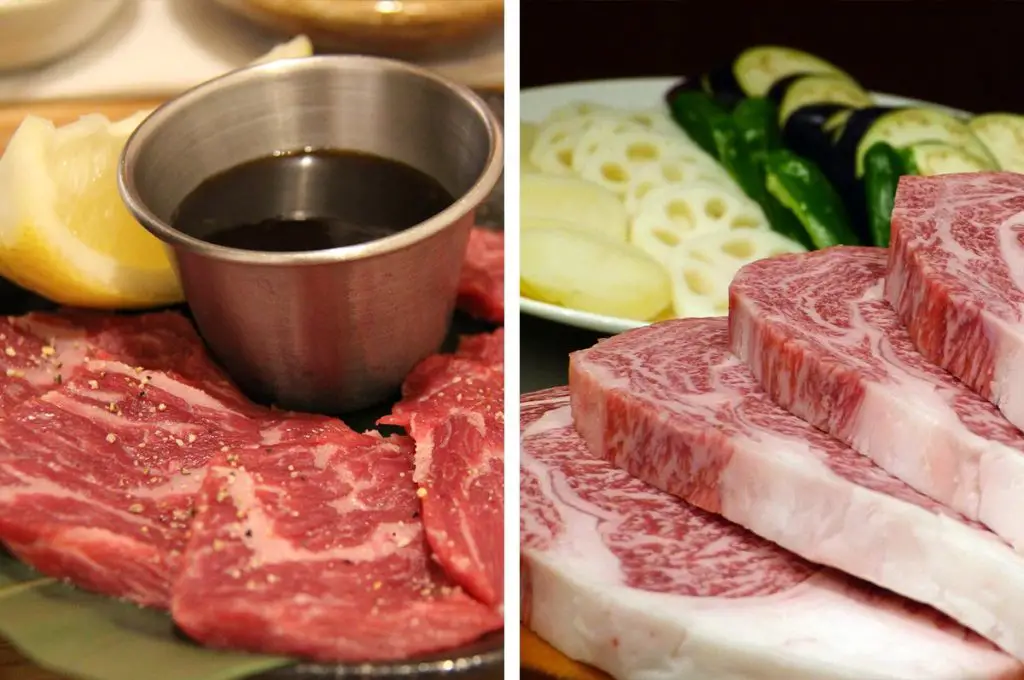
Kobe beef is just a strain of Wagyu
Specifically, Tajima-Gyu cattle are raised in Kobe – the capital of Hyogo, to the very strict standards and qualifications that the Hyogo prefecture has set forth. Hence, people have coined for them another name “Kobe”.
Now, have you figured out one difference between Kobe and Wagyu? Just like ribeye and rib steak, Kobe beef is Wagyu beef, but not every kind of Wagyu beef is Kobe beef. In other words, Kobe is just a strain of Wagyu.
2. Beef Marbling Score (BMS)
These two famous kinds Japanese beef have their own meat grading standard. It is Beef Marble Score (BMS). Marbling is that webbing of creamy white fat that riddles a cut of beef, and which gives it a spectacular tenderness, juiciness and richness. In the Japanese system, the BMS scale goes from 3 to 12, with 3 being the basic minimum of marbling a steak should have, and 12 being a steak that is almost white with marbling (because BMS scores of 1 and 2 show almost no marbling, they’re not even considered).
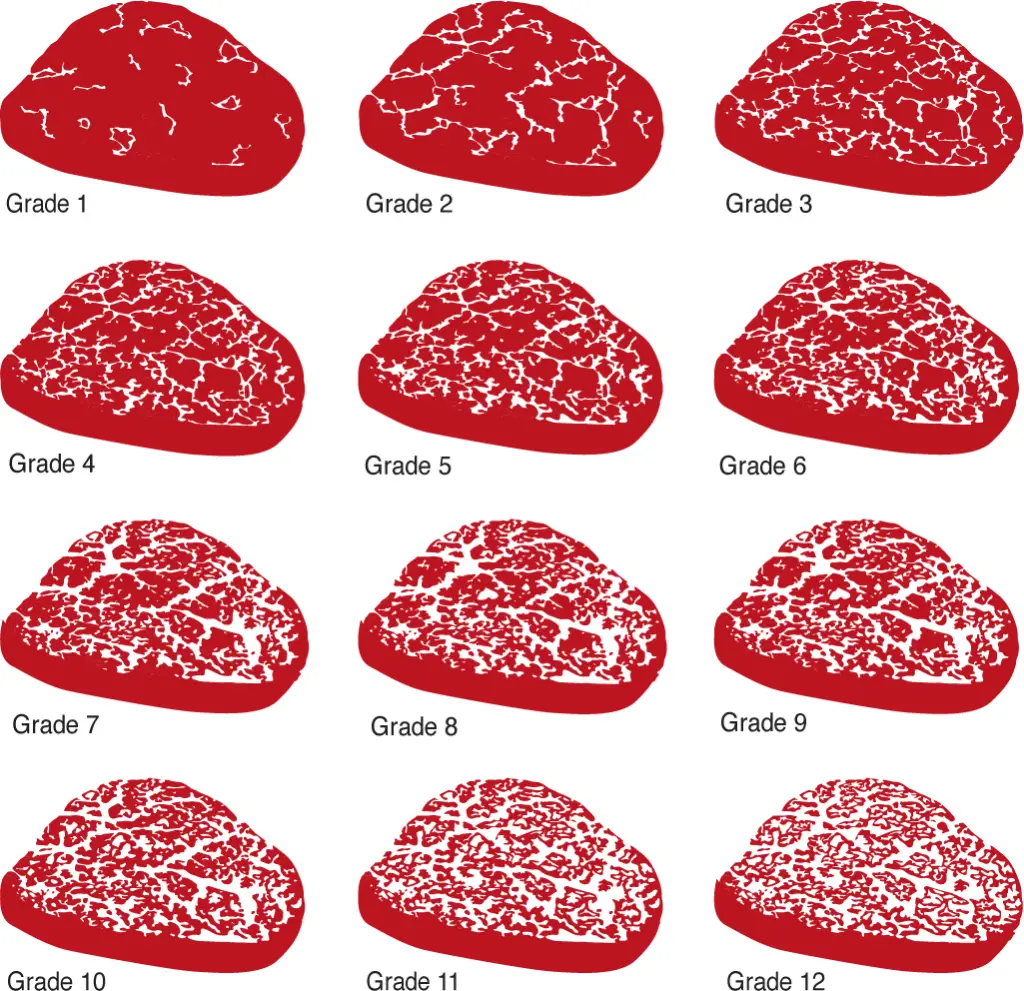
BMS scale
The marbling in black cattle means that meat will melt at a lower temperature. The higher the marbling, the more buttery the flavor and the higher the price. Wagyu vs Kobe often have high BMS (Kobe beef needs to have a marbling rate of 6 or higher on a 12-point scale). As a result, Wagyu beef vs Kobe beef are the most delicious and expensive beef in the world.
3. What Can Or Cannot Be Called Wagyu Vs Kobe?
Kobe beef may have many more standards compared to other beef kinds in the world. To be labeled Kobe, cattle must meet the following seven standards upon slaughter:
- Bullock (steer) or virgin cow.
- Tajima-Gyu born within Hyogo Prefecture.
- Fed on a farm within Hyogo Prefecture.
- Meat processed within Hyogo Prefecture.
- Marbling rating (BMS) of 6 or higher on a 12 point scale.
- Meat quality rating of 4 or higher on a 5 point scale.
- An overall weight not exceeding 470 kg.
Because of these strict standards, only 3000 cattle are qualified as Kobe beef each year. This product is mostly consumed inside Japan; only few percents are exported to others country, namely USA. According to some statistics, roughly 77 Americans have chance to taste real Kobe beef. Therefore, Kobe beef is nearly a specialty of Japan.
Wagyu beef, on the other hand, can be raised and harvested anywhere in the world. If the most important factor of Kobe beef is the raising conditions in Hyogo Prefecture, that of Wagyu beef is wagyu itself. To be more specific, beef that comes from full-blood wagyu or hybrids with at least 46.9% Wagyu genetics (USDA regulations) can be labelled Wagyu beef. The raising conditions can be in Japan or anywhere in the world.
SEE MORE:
- What Does Sake Taste Like? The Complete Answer Updated In 2019
- Udon Vs Ramen: Which Kind Of Japanese Noodles Would You Choose?
4. The Wagyu & Kobe Beef Buyer’s Guide
When Buying Beef Labelled “Kobe”
Anybody selling or serving Kobe should be deeply familiar with what makes Kobe beef so exceptional . When making purchases, buyers should ask if they know where the steak they are serving you was sourced from (correct answer: Hyogo Prefecture), what strain of cattle it comes from (correct answer: Tajima), and what its BMS rating is (correct answer: between 6-12). If they don’t know the answers, chances are the steak isn’t real Kobe.

When Buying Beef Labelled “Kobe-Style”
The label “Kobe-style” is reserved for Wagyu beef that has been raised to all Kobe beef standards except for those that require the cattle to have been born, fed, and slaughtered within Hyogo Prefecture. Buyers should asks the same questions as beef labelled “Kobe” except for the question of sources. Besides,check to make sure your seller’s sources practice controlled breeding standards and rate marbling using Kobe-style methods.

When Buying Beef Labelled “Wagyu”
If buying Domestic Wagyu, make sure that you’re buying from a reputable seller who sources beef from breeders who ensure pure bloodlines through controlled breeding. Otherwise, you risk buying “Percentage Wagyu,” i.e. Wagyu that’s been crossbred with American or European breeds. In this case, the beef needs to meet the USDA regulations.

When Buying Beef Labelled “Wagyu-Style”
The “Wagyu-Style” label is – unfortunately – meaningless. As mentioned above, Wagyu beef comes only from certain breeds of cattle, and there is no style of breeding, feeding, raising, slaughter, or butchery that can make a “Wagyu-style.”

Conclusion
The terms Wagyu vs Kobe have caused confusion among customers for years. Both will provide you with a melt-in-your-mouth, delightful dining experience. Now, after reading our guide to differentiation,you cannot go wrong with either selection. Let’s bear in mind difference between Kobe and Wagyu and be an intelligent consumer.

